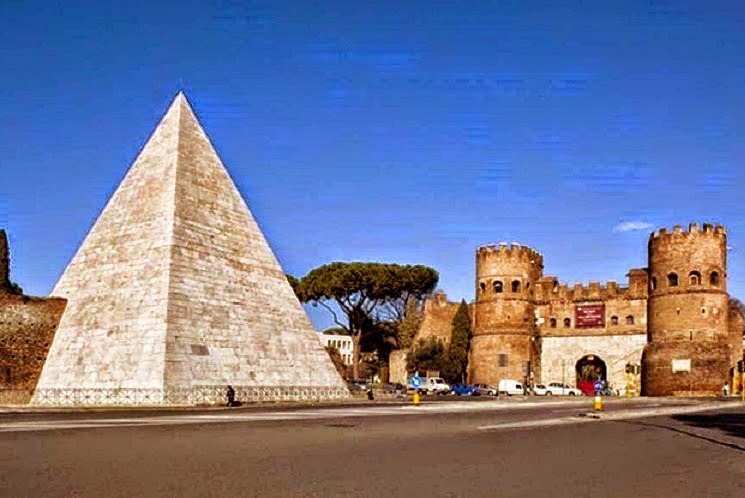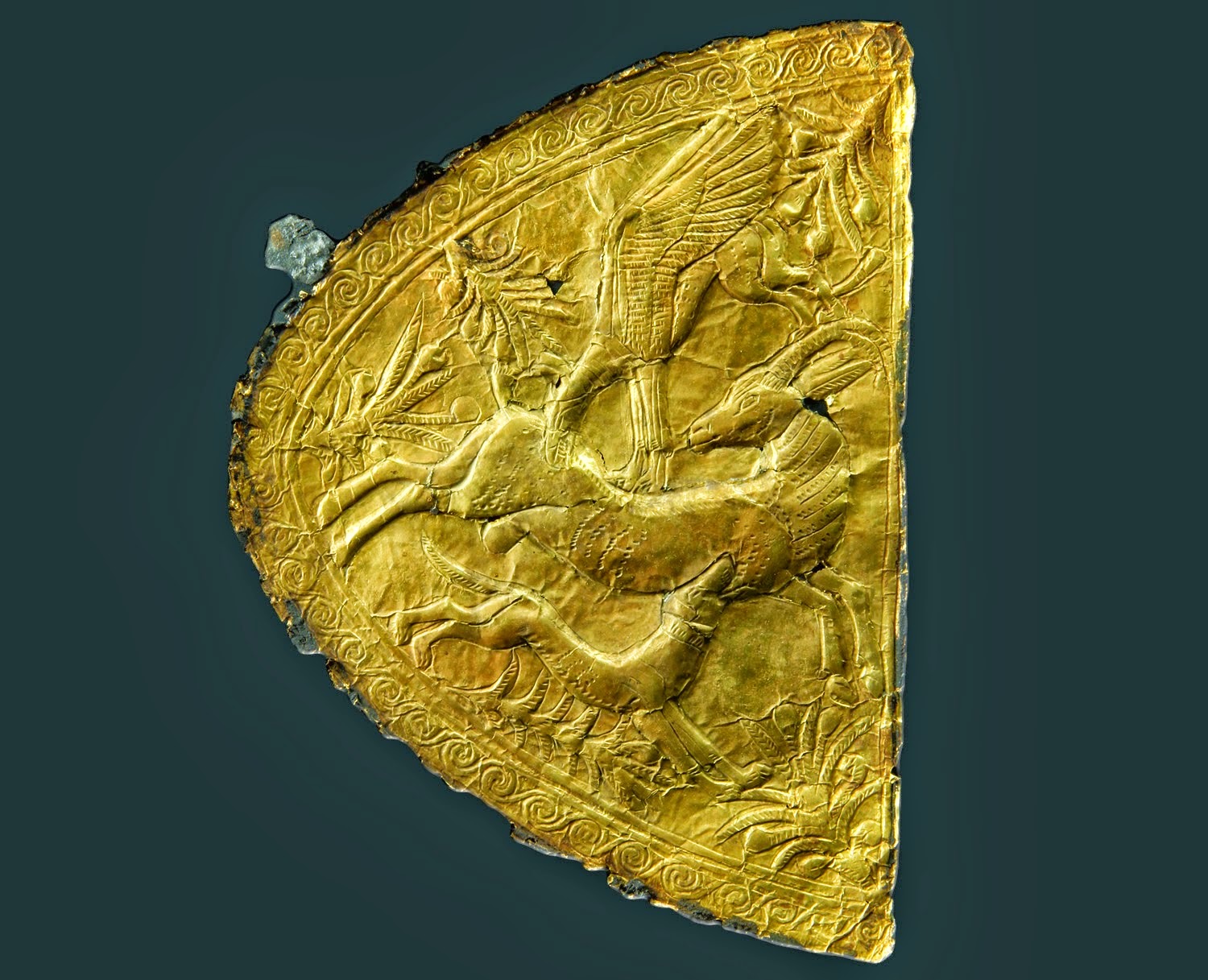- In una città portuale del nord della Francia, presso Calais, è stata casualmente rinvenuta una copia del 'First Folio', la prima lista delle opere del Bardo pubblicata nel 1623, uno dei libri più desiderati esistenti al mondo, pubblicato circa 7 anni dopo la morte di Shakespeare.
Il valore commerciale di un libro intatto del genere (ne esistono altre copie) è compreso tra i 2,5 ed i 5 milioni di euro.
- La copia francese è mancante delle pagine iniziali e del titolo e dell'intero testo dei "Due gentiluomini di Verona", pertanto la Biblioteca si dovrà accontentare di una valutazione bassa, intorno ai soli 2 milioni: ma come si dice di solito, chi si contenta...
Rare first Shakespeare edition found in
French library
A copy of William Shakespeare's First Folio, the first-ever compilation of the Bard's plays published in 1623, has been discovered in the library of an ancient port town in northern
France.
Remy Cordonnier, librarian in the northern French town of Saint-Omer, carefully shows on November 25, 2014 a valuable copy of William Shakespeare's First Folio, a collection of some of his plays dating from 1623
[Credit: AFP/Denis Charlet]
One of the world's most valuable and coveted books, the First Folio was uncovered when librarian Remy Cordonnier dusted off a copy of Shakespeare's works dating to the 18th century for an exhibition on English literature in the town of Saint-Omer near Calais.
"It occurred to me that it could be an unidentified First Folio, with historic importance and great intellectual value," he told AFP.
The book, published seven years after Shakespeare's death, was authenticated on Saturday by First Folio expert Eric Rasmussen from the University of Nevada.
Rasmussen, who has written a book about his riveting two-decade hunt to catalogue all 232 existing copies of the book, said the 233rd copy was the first new version unearthed in a decade.
He told AFP the book was "immediately identifiable" as an original due to its watermarks, the paper used and the fact that errors were still present that would have been corrected in later copies.
He said the book was missing title pages as well as the whole text of the play The Two Gentlemen of Verona.
"What is really interesting is that it clearly came from the college of Jesuits in Saint-Omer, founded in the late 16th century during Queen Elizabeth's reign when it was illegal for Catholics to go to college," said Rasmussen.
Close- up of The Hamlet.
Remy Cordonnier, librarian in the northern French town of Saint-Omer, carefully shows a valuable copy of William Shakespeare's First Folio, a collection of some of his plays dating from 1623, on November 25, 2014 [Credit: AFP/Denis Charlet]
The book was heavily annotated, with words corrected to more modern versions and with the part of a hostess in Henry IV turned into a male part, with words such as "wench" crossed out and replaced with "fellow".
He highlighted the "really good survival rate" of an estimated 750 original prints of First Folio.
The massive book of 36 plays was published at a time when printed plays were not considered literature, and sold for one pound at a time when a skilled worker could perhaps hope to earn four pounds a year, said Rasmussen.
Rasmussen told AFP his favourite story, which he stumbled upon in his hunt for First Folios, was of the time the Royal Shakespeare Company took their copy to Rome for a papal performance.
"After they performed they brought it out and the pope was supposed to bless it. He hadn't been adequately briefed so he accepted it as a gift. You can almost see the tug of war going on on stage."
In Japan, where many copies were snapped up in the 70s and 80s, he once found a copy with a musket bullet piercing it all the way to the tragedy Titus Andronicus. "Somebody had to be holding it up," said Rasmussen, speculating that it may even have saved somebody's life.
"We find copies that have wine stains on them, that have been left open and have cat prints across them. It humanises them in a way... they are not just priceless artefacts."
A copy of William Shakespeare's First Folio, a collection of some of his plays published in 1623 is displayed in the library in the northern French town of Saint-Omer, November 25, 2014 [Credit: AFP/Denis Charlet]
Rasmussen said the largest number of First Folios, 82 in total, were snapped up by American Henry Clay Folger and are now housed in the Folger Shakespeare Library in Washington.
He explains that the First Folio was the only source for about half of Shakespeare's plays such as Macbeth and Julius Caesar, that had never been published in his lifetime.
He said people began to "fetishise" the work and in the 19th century it became the must-have collector's item for the super-wealthy.
In 2006 Microsoft billionaire Paul Allen bought one for $6 million dollars. Saint-Omer library director Francoise Ducroquet said that while most First Folio copies were valued at between 2.5 and five million euros, the damaged version found in her library would probably be worth less.
However she said the newest discovery would be stored in the library's safe with other precious items. Saint-Omer is an ancient port town that bustled with economic and cultural activity in the Middle Ages.
Its library has 800 important manuscripts, 230 incunabula -- books printed in Europe before 1501 -- as well as a Gutenberg Bible.
Authors: Benjamin Massot with Fran Blandy | Source: AFP [November 25, 2014]

















